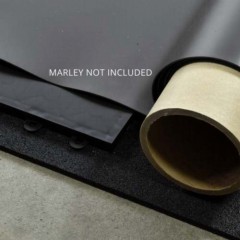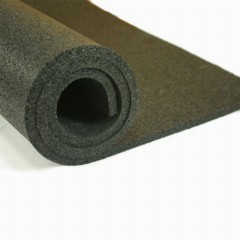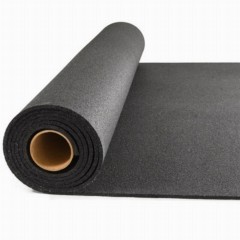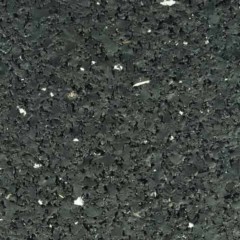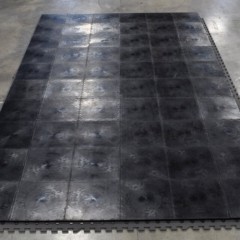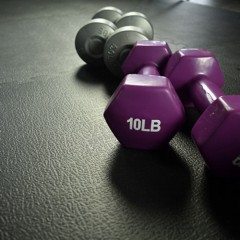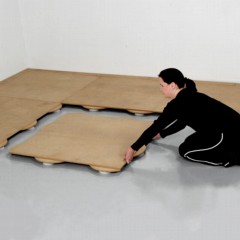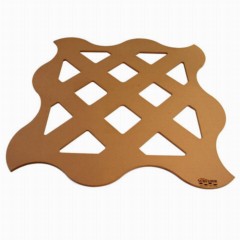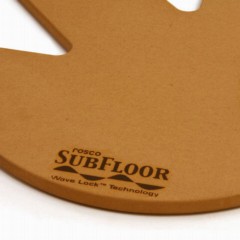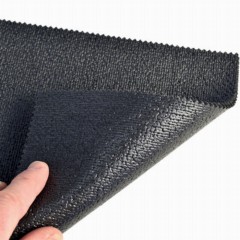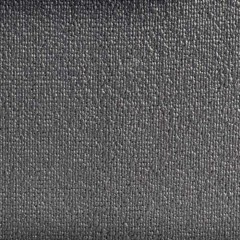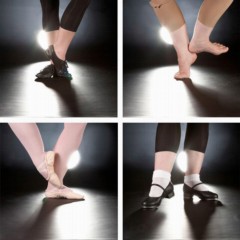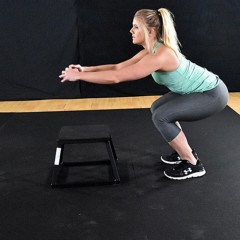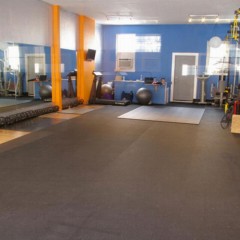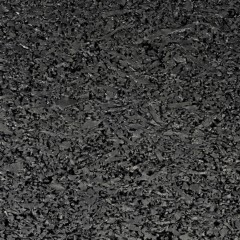Options for Dance Subfloors
Although the dance floor is the star of the show, pay attention to the supporting dance subfloor that you will select as well. This underlayment provides cushion, support, and noise reduction while enhancing the safety of the surface layer for dancing. At Greatmats, we have multiple dance floor subfloor options for use at home or in a dance studio.
What Is a Dance Subflooring?
A dance subfloor should provide shock absorption while dampening bounce for the dancers. This design protects their lower leg joints as they practice, allowing them to feel better after practice, even after a long session.
The dance floor subflooring materials can consist of foam, rubber, or sprung panels. Some of the benefits they provide include:
- Softer feel
- Reducing injury
- Reducing fatigue
- Greatly enhanced performance
Components and Dance Floor Subfloor Packages
Some of the key components in subfloor for dance floor packages include the following.
Sprung Panels
With our sprung dance subfloor panel options, you can select the following products.
- Full Panel: Our full panel sprung dance floor has a WaveLock design that prevents hard or soft spots in the floor, delivering a consistent bounce back for multiple kinds of dance styles.
- DIY Model: If you want to save some money on sprung panels, select this DIY kit that helps you assemble the panels and install them on your own at your home or studio.
Foam Mats
For those who want foam dance underlay mats, our
Sport Plus Designer Foam Tiles have an easy-to-assemble puzzle-style edge that does not need adhesive. Each tile covers 2x2 feet and has a lightweight design that makes installation go fast. Place your preferred dance floor over the top. Each tile measures 10mm in thickness (about 2/5 of an inch) to provide cushioning.
PVC Modular Tiles
For a firm dance subfloor, consider our
Court Floor Flat Top Tiles, which have a snap-together design that doesn’t require glue. Each tile measures 1x1 foot in size with 5/8 of an inch of thickness. These PVC plastic tiles work exceptionally well when creating a dance subfloor over carpet.
Rubber Rolls
Our
Geneva Plyometric Rubber Roll measures up to 1/2 of an inch in thickness, letting you create varying levels of cushioning in the dance subfloor. Each roll measures 4 feet in width with custom-cut lengths available. It’s an ideal underlayment for all kinds of physical activities where you want to protect the lower body joints of the athletes.
Dance Subfloor Packages
When you want a dance floor underlay kit that contains enough materials to cover a certain amount of square footage, we offer two commercial-quality options at Greatmats.
- Home Dance Subfloor: This kit consists of a 5/8-inch thick layer of foam tiles on the bottom and a firm 5/8-inch thick polypropylene plastic tile layer on the top, yielding the ideal mix of stability and cushion. The foam tiles measure 2x2 feet, while the plastic floating tiles measure 1x1 foot.
- Elite Studio Subfloor: The Elite kit has a 6mm (or about 1/4-inch) rubber roll as the bottom cushioned layer and a 5/8-inch polypropylene plastic tile layer. Each plastic tile measures 1x1 foot, while the roll of rubber has a 4-foot width and a custom length.
Benefits of Dance Subfloors
Some of the primary benefits of our dance floor padding subfloor options include:
- Multiple coverage size options
- Roll or interlocking tile format available
- Create a practice area for a group or an individual
- Suitable for home or studio use
- Cushioning and anti-fatigue properties
- Sprung panels interlock to deliver bounce back
- Subflooring is completely hidden by the main dance floor
- Minimal maintenance and cleaning requirements
Dance Subfloor Q&A
What is included in the dance subfloor package for home use?
The
Greatmats’ dance subfloor package for home use includes 2x2-foot foam tiles and 1x1-foot plastic polypropylene tiles. It does not include the marley dance floor that goes over the top.
What is included in the dance subfloor Elite package for dance studio use?
The
Greatmats’ dance studio subfloor Elite package include a roll of rubber 1/4 of an inch in thickness and 1x1-foot polypropylene tiles that measure 5/8 of an inch in thickness. The kit doesn’t include the top layer of marley.
How do sprung panels work as a subfloor?
The
purpose of dance floor sprung panels is to absorb shock and bounce as the dancers make moves and land. They create landings with a softer feel, which can help to reduce injury and enhance the dancers’ performance.
How much thickness should you plan for a dance floor?
The
best thickness for a dance floor should take into account any need for clearance for a door to swing open or avoiding a trip hazard with a raised edge. At the low end, using a rubber underlayment can yield a dance floor of about 1/4 of an inch in thickness, while using sprung floor panels can yield a 2-inch thickness at the high end. Multiple other options are available inside the range.
What are some dance floor ideas and options for over concrete?
For
dance floor installation ideas over concrete, consider installing cushioned dance subfloors that yield cushioning and protection from injuries. Foam, PVC plastic, and rubber materials all can yield the desired benefits, and you can use them individually or in combinations with each other.
 $1,42817 /Roll You Save 9%$2.76/sqftShips Out in 11-14 Working DaysShop$75910 /Kit You Save 17%$7.16/sqftShips Out in 7-10 Working Days Free ShippingShop$38184 /Roll You Save 20%$3.18/sqftShop$230 /sqft You Save 19%Shop$171 /sqft You Save 5%Shop$213 /sqft You Save 19%Shop$170 /sqft You Save 19%Shop
$1,42817 /Roll You Save 9%$2.76/sqftShips Out in 11-14 Working DaysShop$75910 /Kit You Save 17%$7.16/sqftShips Out in 7-10 Working Days Free ShippingShop$38184 /Roll You Save 20%$3.18/sqftShop$230 /sqft You Save 19%Shop$171 /sqft You Save 5%Shop$213 /sqft You Save 19%Shop$170 /sqft You Save 19%Shop



